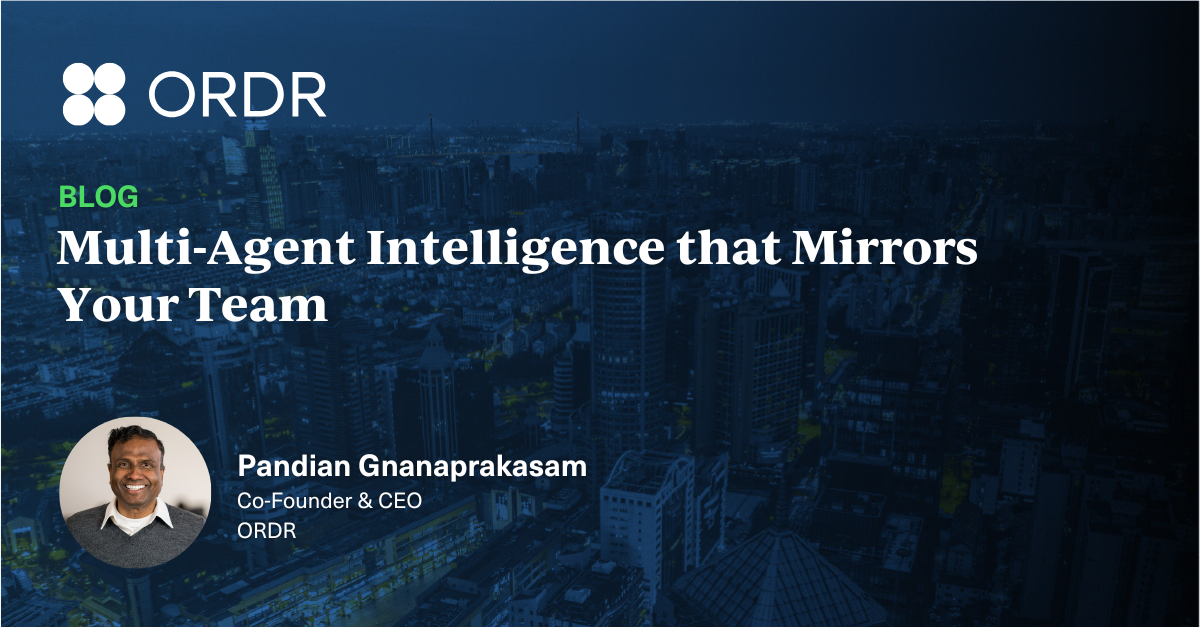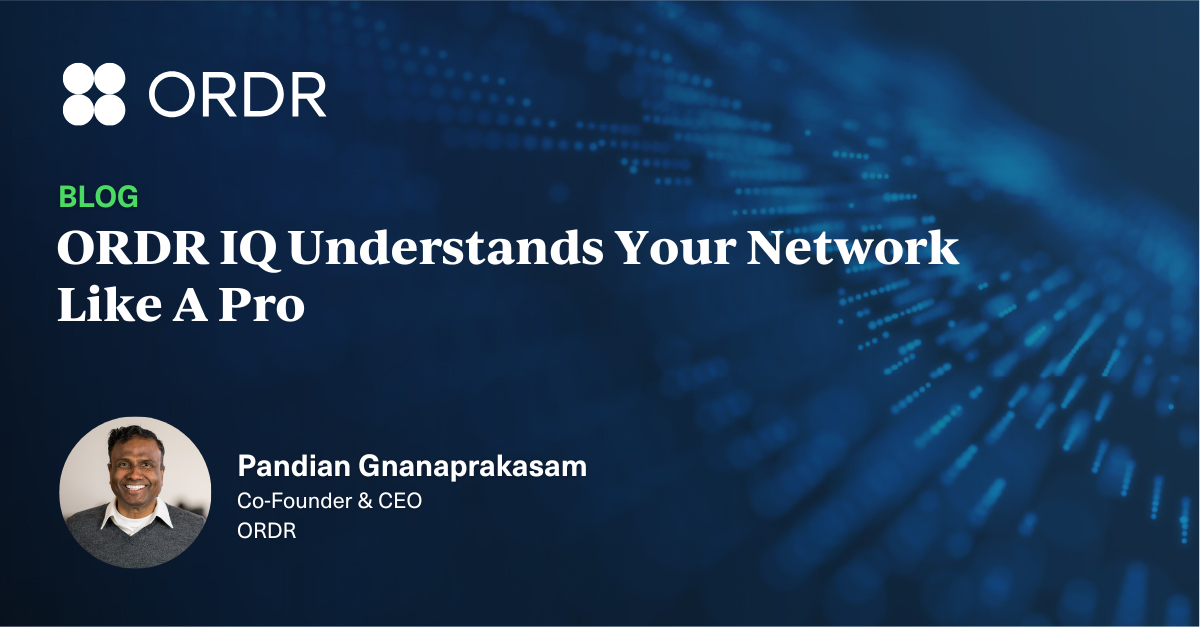From the start, one of the key features of the Ordr platform has been our ability to discover and classify assets at a granular level, pinpoint asset risks and threats, and accelerate segmentation. That is an important part of establishing a Zero Trust architecture for any organization serious about maximizing security and operational resilience. Because today’s enterprise IT infrastructures are sprawling, comprising diverse systems and devices, and always in flux, network segmentation—and microsegmentation—is vital to protecting the full spectrum of assets that an organization relies on to carry out its mission.
A Maturing Market
As more cybersecurity tools are evolved and developed to address microsegmentation, the market is attracting the attention of users who need those capabilities, and analysts whose expertise is sought to help guide the market. One analyst group leading the way is Forrester Research, and we are thrilled to be included in the Q2 Forrester Research Microsegmentation Solutions Landscape research report as a representative vendor.
The number of tools available for addressing the need for microsegmentation is growing, as you’d expect when a critical need is identified, and pioneering vendors like Ordr show the way. We work hard to provide the best possible solution for microsegmentation through our OrdrAI asset intelligence platform and OrdrAI Protect, and so it is gratifying to be recognized by a respected technology analyst firm like Forrester.
Addressing Core Needs
Authored by principal research analyst David Holmes with contributions from VP and research director Joseph Blankenship, associate project manager Lok Sze Sung, and practice director Michael Belden, the Microsegmentation Solutions Landscape report defines the core value of microsegmentation as helping organizations with the following
- Secure critical and important resources. The best way to quantify microsegmentation as a business benefit is to accept that some level of resource isolation is a cybersecurity requirement, and then compare the cost of a microsegmentation solution to the cost of resegmenting a network or architecture. Limiting lateral movement reduces the impact of cybersecurity incidents since they involve fewer systems and get access to less data.
[In Ordr deployments, critical infrastructure and industrial operators often have deep investments in supervisory control and data acquisition (SCADA), industrial control systems (ICS), and other operational technologies (OT) with service lives that may be measured in decades. Likewise, modern healthcare facility networks are an amalgam of medical technologies, building controls, traditional IT, and even consumer devices. Keeping those systems in service—while protecting them from imperiling threats—is essential.]
- Defend against ransomware. While many organizations are proactive about Zero Trust, an enterprise typically seeks a microsegmentation solution after a cybersecurity incident like ransomware has already done its damage. These organizations are looking to prevent future attacks from being as destructive. Quantifying the benefit for ransomware victims is as easy as subtracting the cost of the solution from the cost of the actual breach, including the ransom.
[Ordr helps defend against ransomware attacks by identifying assets behaving outside of normal baselines, or by identifying those with vulnerabilities that can be exploited. Ordr also can generate proactive segmentation policies based on business needs to stop lateral movement, enforced on existing infrastructure like switches, wireless LAN controllers, firewalls and NAC. And should an attack succeed in getting through, Ordr can also quarantine a compromised device, keeping it isolated until the threat can be remediated.]
- Achieve compliance imperatives. Occasionally, microsegmentation can be used to meet a specific business imperative or compliance mandate separate from Zero Trust. For instance, it can assist in identifying data for GDPR. Customers with strict security requirements can insist that you use microsegmentation to protect their data within your systems.
[By providing a complete asset inventory, Ordr can accelerate compliance initiatives. Ordr pre-defined reports like NIST can help accelerate compliance initiatives, while segmentation limits the scope of compliance.
Our asset risk scores are based on what the asset is, the most up-to-date data and threat intelligence, vulnerabilities, hotfixes and more , Ordr enables security teams to close risk gaps that could result in security incidents triggering enforcement under regulations like HIPAA, GDPR, and other data security and privacy regimes.]
Addressing Zero Trust
Forrester says that microsegmentation tools emerged as one of the first technologies to address Zero Trust security architectures when that philosophy was defined (by Forrester) more than 15 years ago. According to Forrester, one of the most important Zero Trust implementation trends involving microsegmentation is:
Main Trend: Organizations are finally getting serious about Zero Trust. Some, proactively, are implementing microsegmentation as part of a Zero Trust strategy or initiative. Others are implementing it because they got hit by ransomware and are trying to avoid it again. But all of them are doing Zero Trust with microsegmentation.
Ordr Microsegmentation Benefits
Importantly, Forrester has highlighted how Ordr demonstrates key abilities like the capacity to discover assets across the full enterprise, including on-premises legacy technologies, cloud and hybrid infrastructure, industrial environments populated with operational technologies, and other enterprises with heterogeneous network configurations.
Holmes says, “You can use microsegmentation solutions to secure critical and important resources, defend against ransomware, and achieve compliance imperatives. But to realize these benefits, you’ll first have to select from a diverse set of vendors that vary by size, type of offering, geography, and use case differentiation.”
Ordr Takes Microsegmentation Further
That is true, but Ordr goes a step further. To gain the full potential of microsegmentation requires a platform that can discover assets, ingest data, and deliver precise risk analysis in real-time. That is the power of OrdrAI–and the advantage of the Ordr Data Lake, which is unrivaled in its scope and rich detail, containing in-depth profiles of millions of individual asset types. With OrdrAI organizations can assign an accurate risk score to every asset in the network, baseline normal operations and accurately identify risky behavior, then automatically enforce security policies, including microsegmentation, to prevent, contain, and limit the damage of cyberattacks.
The good news is that you don’t have to wait for that future to arrive if you are struggling with complex networks, visibility gaps, and technologies that are impossible to discover and monitor using traditional tools. OrdrAI has already established a stellar record and reputation with a growing client list that includes top organizations in healthcare, manufacturing, critical infrastructure, financial services, education, and government and smart cities. You can find more information about the OrdrAI asset intelligence platform here, and learn more about our segmentation capabilities here, or contact us directly with questions about the OrdrAI platform, or your specific challenges.
Want to learn more about how Ordr helps you simplify segmentation? Attend our webinar on May 14th with our expert Craig Hyps.

Interested in
Learning More?
Subscribe today to stay informed and get
regular updates from ORDR Cloud



